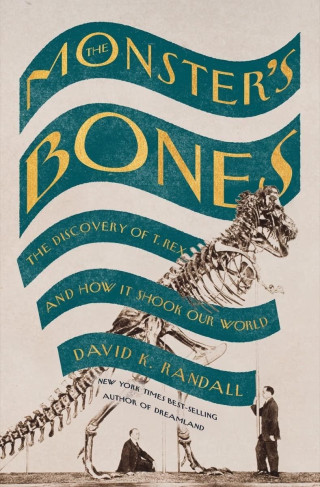Osborn finally had his prize. Yet when staff in the laboratory in New York began assembling the monster’s bones, Osborn deemed their quality and number insufficient for a proper museum exhibition and pressed Brown to find more. Once again, Brown set out into the wilderness, this time with Marion at his side. In the summer of 1905, Brown found two more T. rex specimens not far from where he made his initial discovery, in the Hell Creek Formation in Montana, making him—through a combination of luck and good timing—the only person to uncover the bones of the beast for nearly 40 years. The discovery prompted Osborn, who rarely left the luxury of Manhattan, to plan to meet Brown in the field. Only then did Brown admit that Marion was an unpaid and unacknowledged member of the expedition, and Osborn, generally not a fan of wives accompanying prospectors into the field, let the idea of visiting drop, without mentioning it again.
The public, of course, had no idea of the T. rex that Brown had uncovered. The bones of what would become the most recognizable creature on Earth sat in a laboratory high above the display halls at the American Museum for the next five years as a team of staff members completed the slow and deliberate process of removing every bit of stone and reassembling the creature into a lifelike form. In that time, Barnum allowed himself to transform from the prospector always in search of the next find into the outlines of a family man. Marion gave birth to their daughter, Frances, in 1908, and the Browns fell into an easy rhythm: Marion would take Frances for walks in a stroller through Brooklyn’s Prospect Park each day and return home in time to meet Barnum after he finished his daily work at the American Museum.
One sunny day in April 1910, Frances spiked a fever and broke out in a bright red rash soon after returning from the park. A day later Marion developed the same symptoms. Their fevers rose and rose again, unbroken by any remedy. (Penicillin, which we now use to treat scarlet fever, would not be discovered until 1928.) Barnum was left to frantically search for anyone who could help save his wife and their only child. He finally asked Osborn for help, hoping that his wealth could somehow save his family. But five days after entering Prospect Park a healthy young mother, Marion died on April 9, 1910. Frances soon recovered, leaving Brown to face the prospect of fatherhood alone.
